Understanding time on the moon is a challenge due to its unique environment. With a renewed space race, NASA and its partners are working to create a new time scale for lunar settlements.
Cheryl Gramling from NASA’s Goddard Space Flight Center recently emphasized the importance of precise timekeeping for future lunar missions, which is more complicated to do on the moon than you might think.
The Lunar Day Dilemma
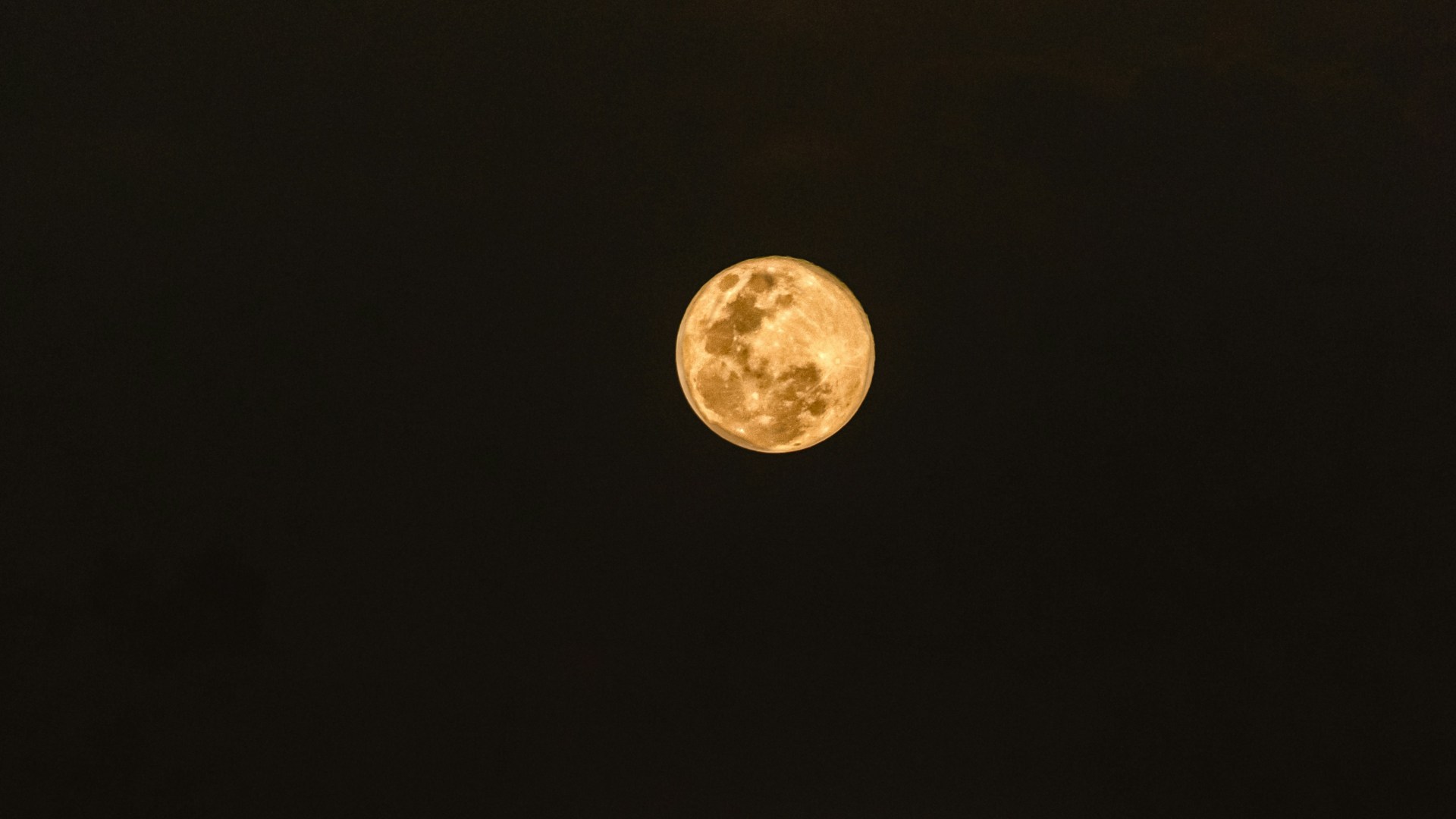
A single Earth day on the moon is 56 microseconds shorter. Though it seems negligible, this difference can cause significant inconsistencies over time, affecting navigation and communication.
NASA and its international partners are addressing this challenge as they plan for permanent lunar settlements, where precise timekeeping is essential for mission success and astronaut safety.
The Need for a New Time Scale
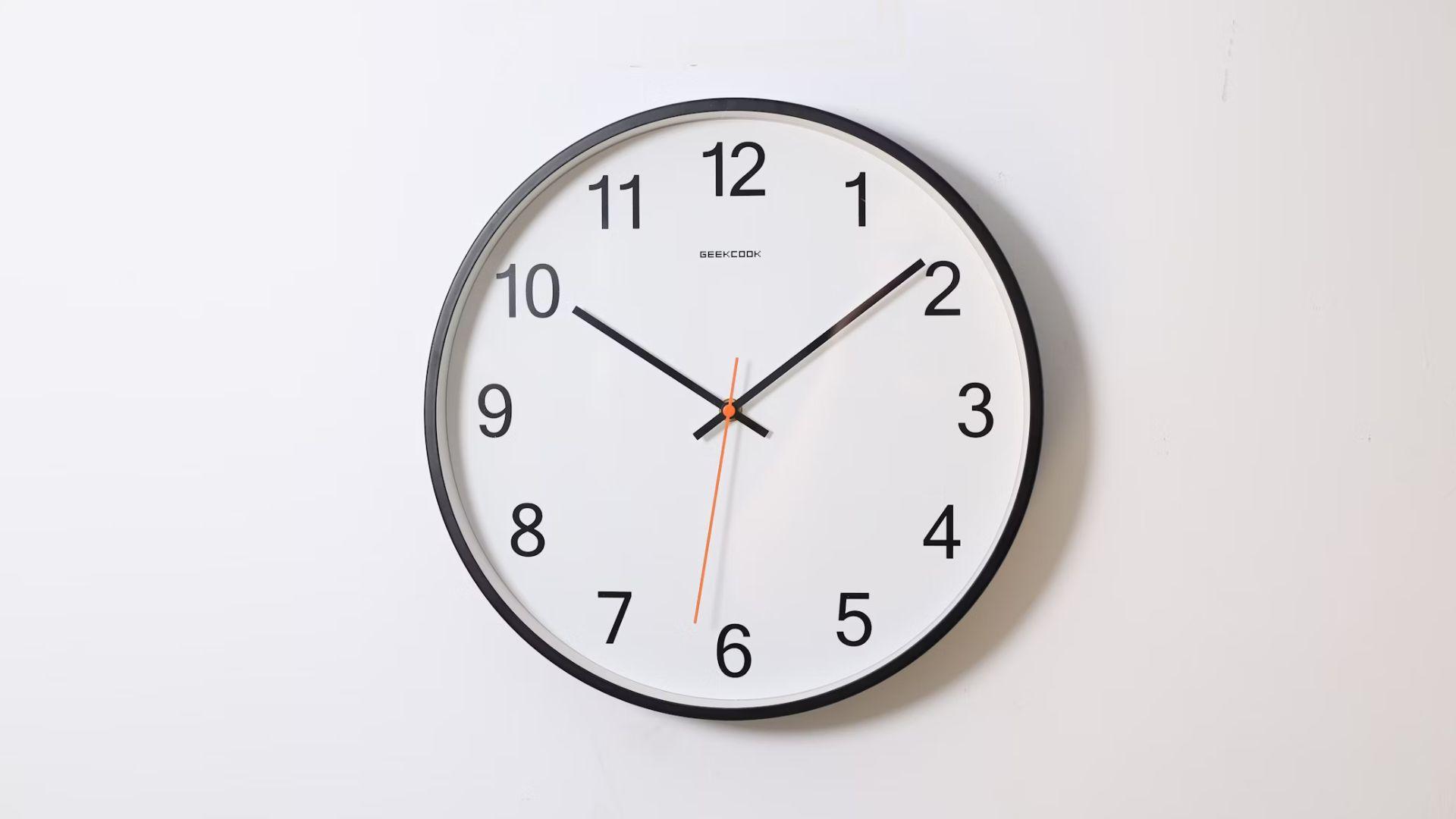
NASA is not just creating a new time zone but an entirely new time scale to account for the faster ticking seconds on the moon. This system will ensure coherence with Earth time.
The White House has directed NASA to map out this new time scale by December 31, 2024, with implementation targeted for the end of 2026.
Historical Context of Timekeeping
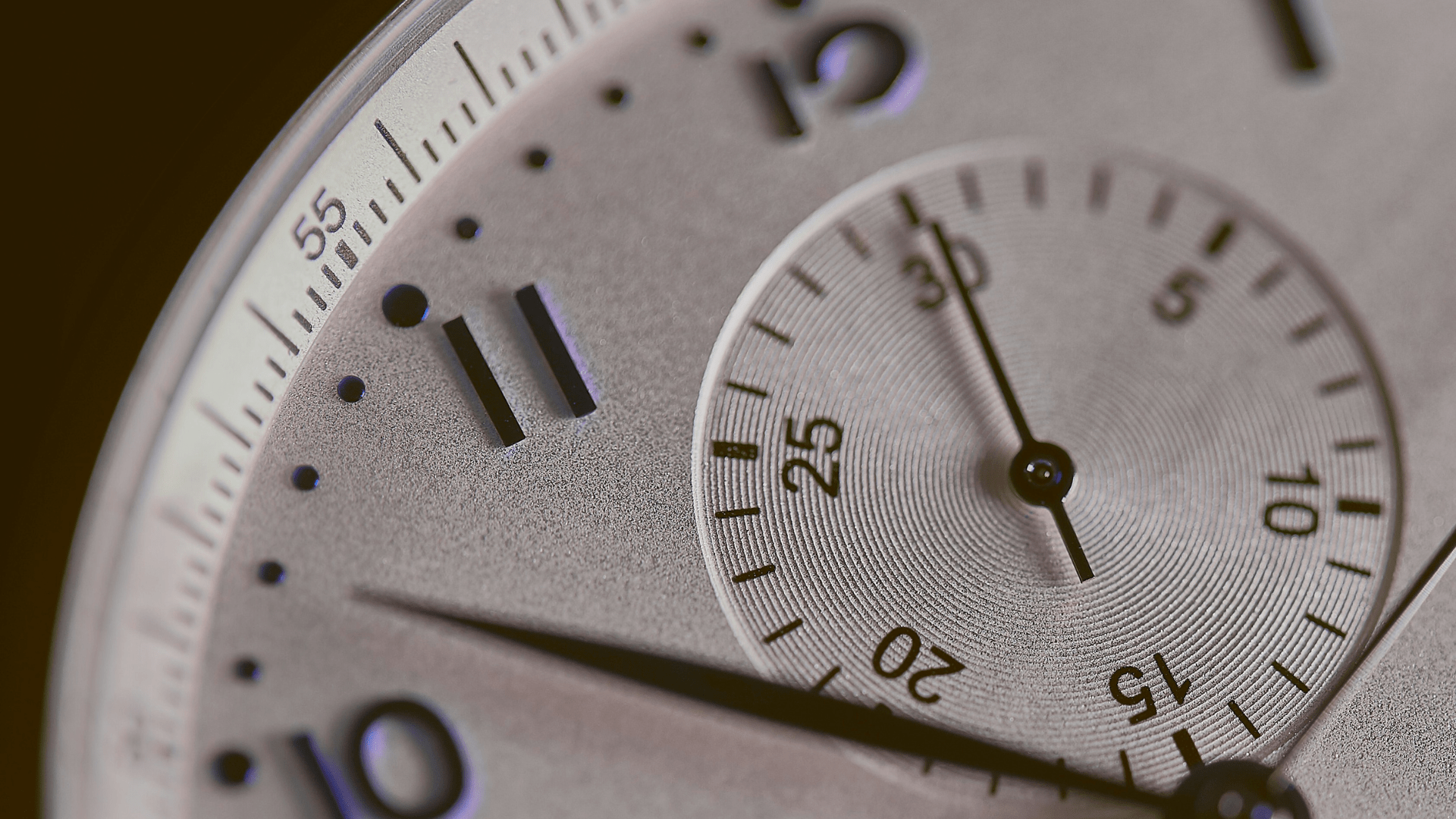
Timekeeping has evolved from simple sundials to sophisticated atomic clocks. Albert Einstein’s theories of relativity, which explain how gravity affects space and time, added complexity to this quest.
Understanding these principles is crucial for creating a new time scale for the moon, where time passes differently due to its unique gravitational environment.
The Role of Atomic Clocks
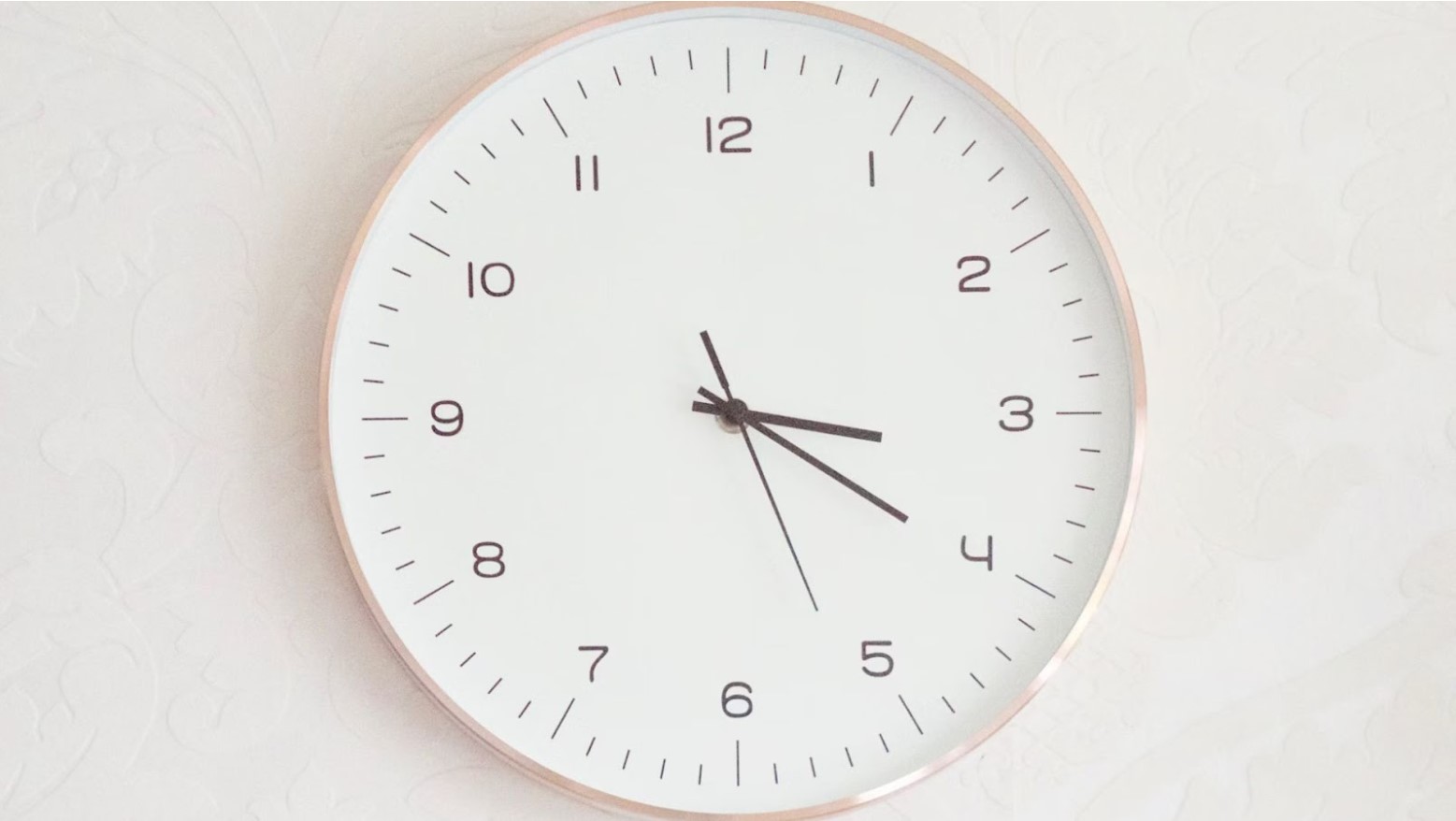
Atomic clocks measure time precisely using the vibration of atoms. These ultra-precise instruments tick slower the closer they are to Earth’s surface, providing accurate timekeeping.
Coordinated Universal Time (UTC) relies on atomic clocks, and similar precision will be required for the new lunar time scale to ensure mission success and synchronization with Earth.
Time on the ISS vs. the Moon
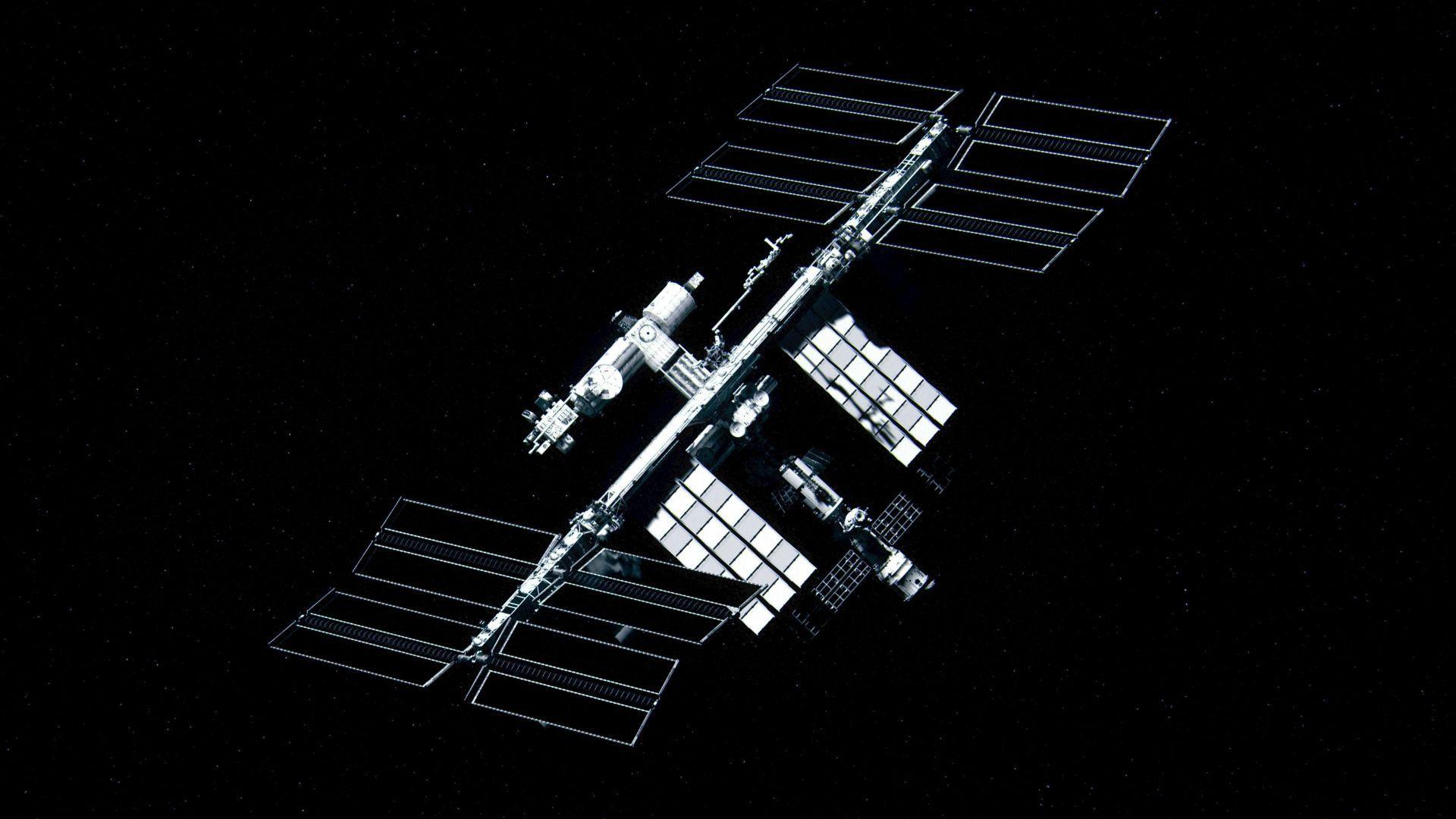
Astronauts on the ISS use Earth time due to the balanced effects of high speeds and lower gravity. However, lunar missions require a different approach.
The moon’s slower passage of time necessitates a unique time scale to ensure accurate navigation and communication for astronauts exploring its surface and conducting scientific investigations.
Lunar Clockwork
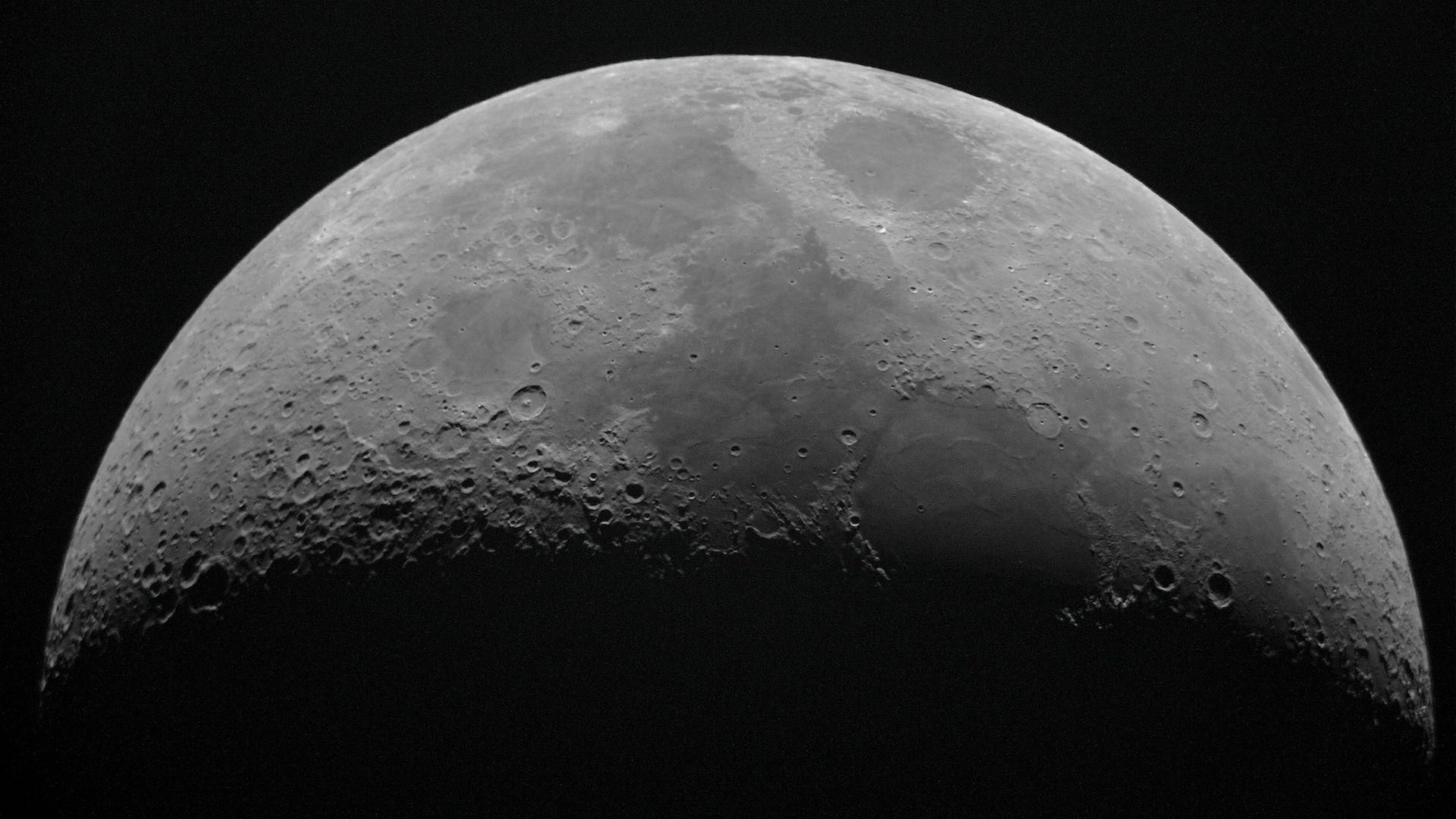
Clocks on the moon’s equator tick 56.02 microseconds faster per day than those on Earth’s equator. This small but significant difference requires precise timekeeping to avoid errors.
NASA and its partners are developing a network of clocks on the moon to ensure accurate time tracking, crucial for navigation, communication, and mission planning.
Implementing Lunar Timekeeping
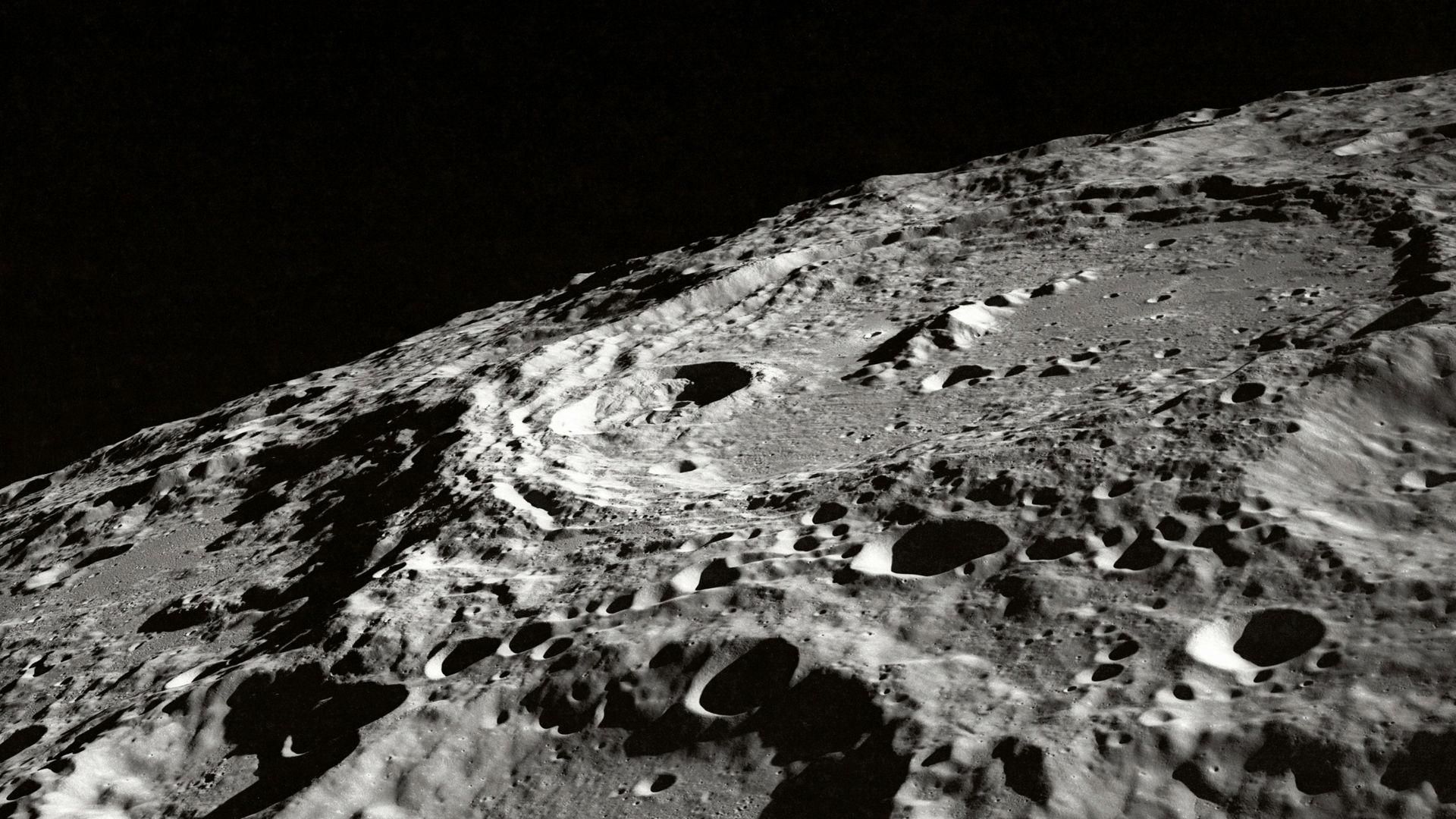
NASA aims to establish a network of various clocks on the moon, combining atomic clocks for long-term stability and crystal oscillators for short-term accuracy.
This network will form the basis of LunaNet, a lunar communication and navigation system. The collaboration with international partners will be essential to create a reliable and accurate lunar time scale.
Funding and Positioning Lunar Clocks
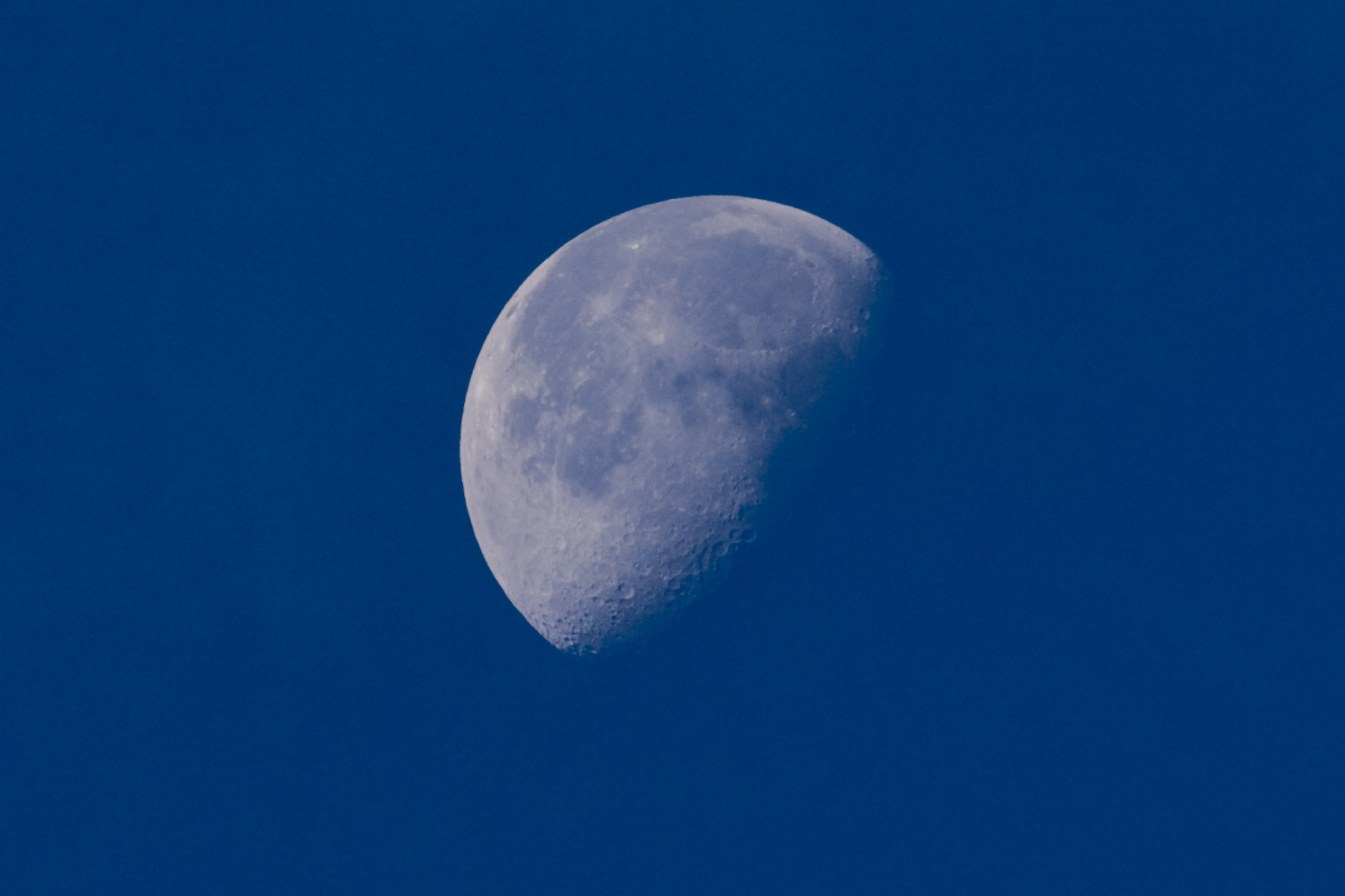
Determining who funds the lunar clocks, which types to use, and their locations are critical decisions yet to be finalized.
An atomic clock for space travel could cost millions of dollars, while crystal oscillators are cheaper but less precise.
Human Experience of Lunar Time
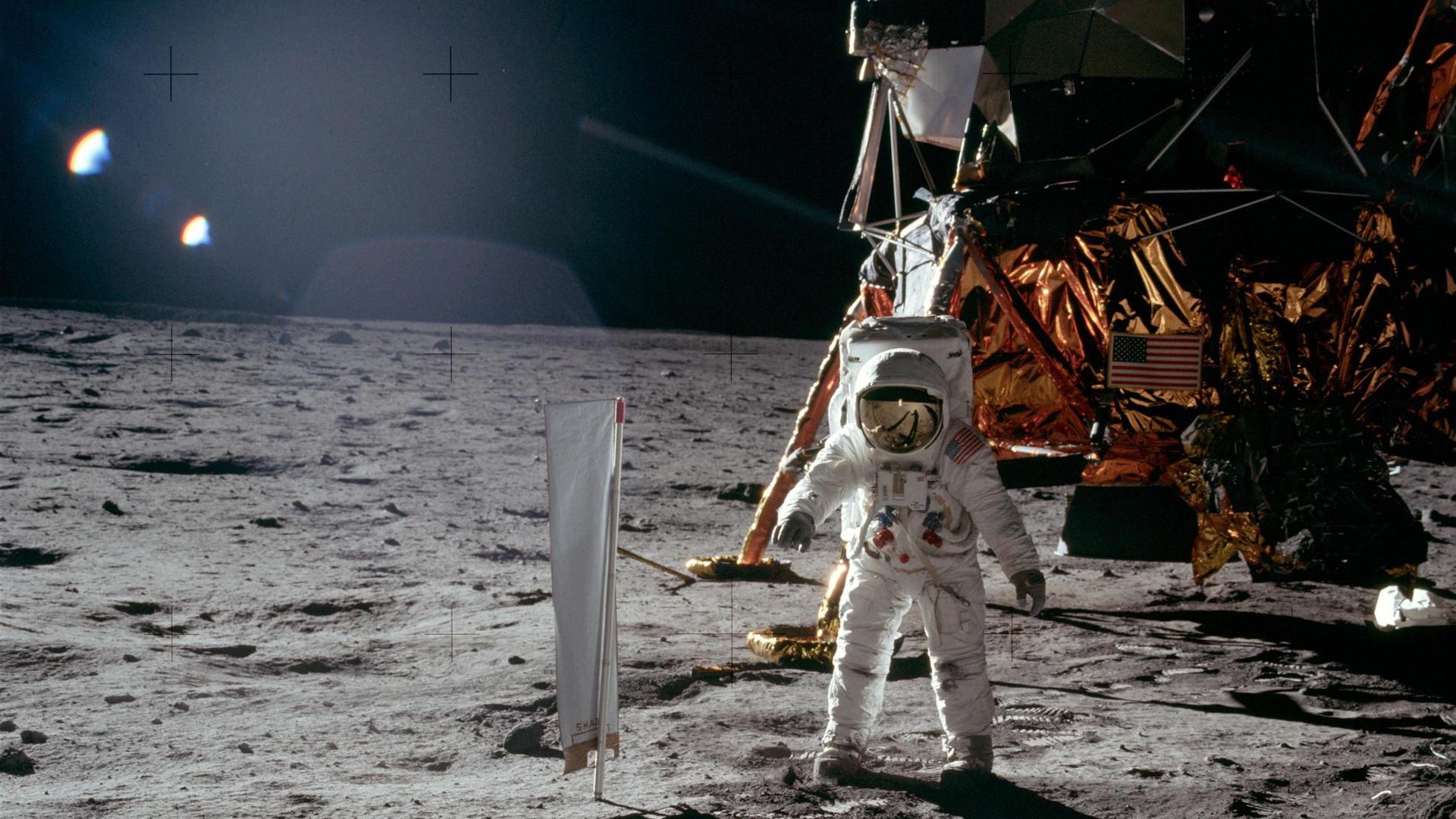
Astronauts on the moon will face 14-day cycles of sunlight and darkness at the equator, with permanent light and shadow in polar regions. This unique experience of time will be challenging but manageable with precise timekeeping.
Accurate lunar clocks will help astronauts maintain schedules, conduct experiments, and navigate the moon’s surface safely.
Preparing for Future Missions
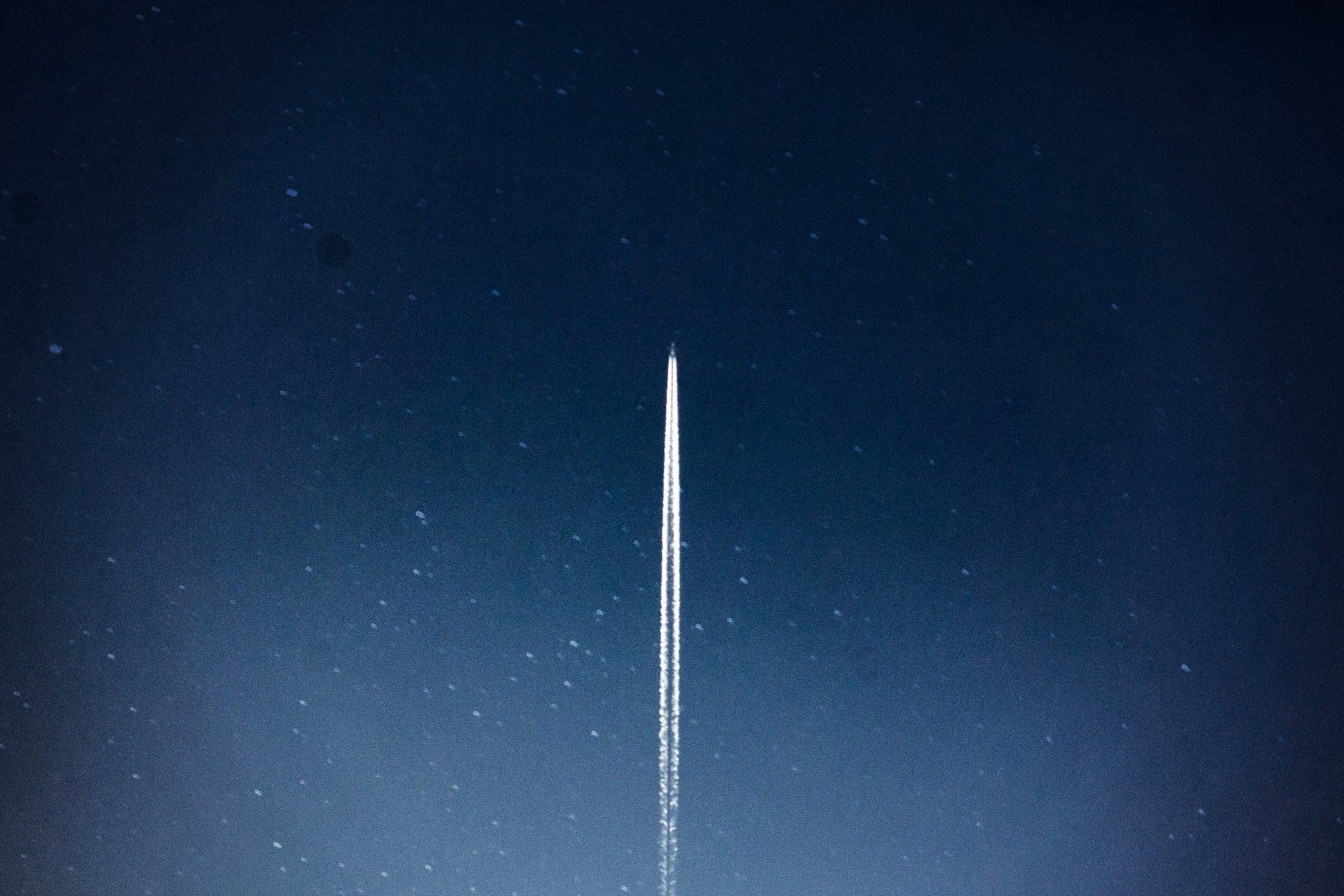
Creating a new time scale for the moon allows scientists to apply Earth’s lessons to a new environment. Success on the moon will pave the way for accurate timekeeping on Mars and beyond.
NASA’s efforts will ensure that timekeeping remains a cornerstone of space travel, supporting missions deeper into the solar system.
The Future of Lunar Timekeeping
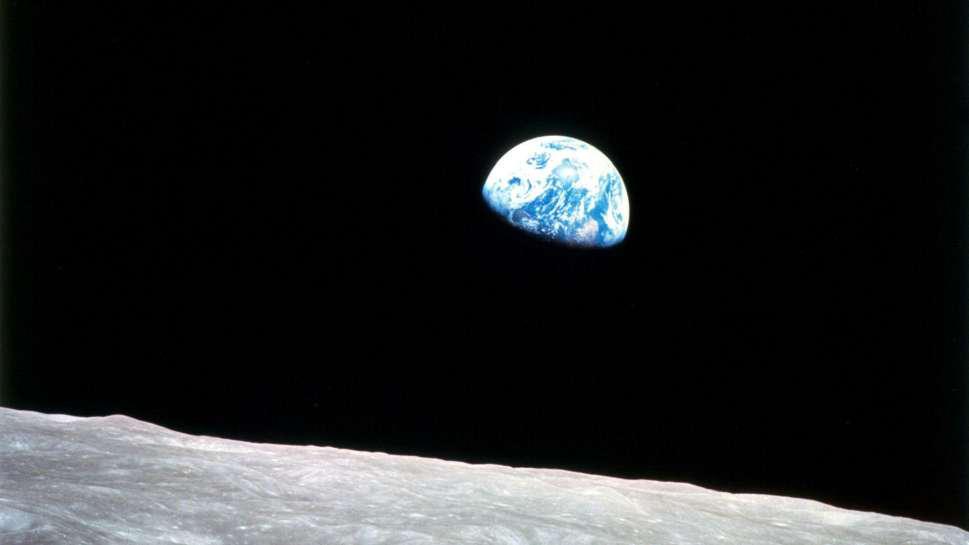
NASA and its partners are working towards establishing a precise lunar time scale by the end of 2026. This effort will support the first return of astronauts to the moon in five decades and prepare for future deep-space exploration.
Accurate timekeeping on the moon is foundational for successful lunar missions and the future of space exploration.


